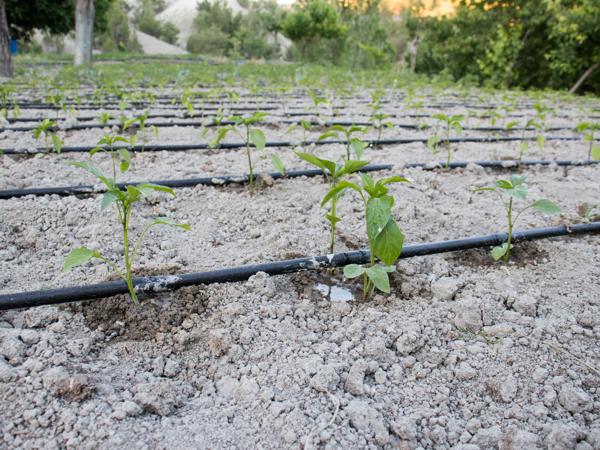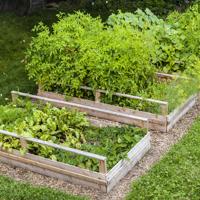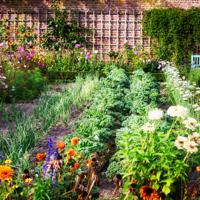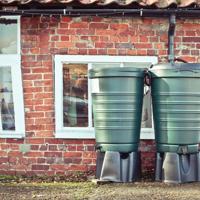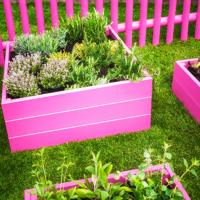Water is a precious resource, especially when it comes to maintaining a sustainable garden. One way we can be more mindful of our water usage is by incorporating rainwater harvesting techniques. Collecting rainwater not only helps conserve water but also ensures that your plants have a natural, chemical-free source of irrigation.
Below, we will explore some gentle and user-friendly techniques for rainwater harvesting that might be suitable for both novice and seasoned gardeners.
Understanding Rainwater Harvesting
Rainwater harvesting is a method of collecting and storing rainwater that falls on roofs or other surfaces. This collected water can then be used for garden irrigation, reducing the reliance on municipal water supplies.
Why Harvest Rainwater?
-
Environmental Benefits: By capturing rainwater, we help reduce the burden on local water systems and prevent runoff, which can cause erosion and pollution.
-
Economic Advantages: Utilizing rainwater instead of tap water can lead to cost savings on water bills.
-
Plant Health: Rainwater is free of chemicals like chlorine, making it a gentle option for plants.
Techniques for Harvesting Rainwater
1. Rain Barrels
Rain barrels are one of the simplest and most accessible ways to collect rainwater for your garden. These are typically installed at the downspout of your home’s gutter system to capture runoff from the roof.
-
Materials Needed: Food-grade barrels, a spigot, a diverter for overflow, and a mesh screen to prevent debris and insects.
-
Installation Tips: Place your barrel on a raised platform to use gravity for better water flow. Make sure to regularly check and clean screens to ensure efficiency.
2. Diverter Systems
A diverter system can redirect rainwater from gutters directly into your barrel or storage tank.
- Advantages: Diverter systems can be more aesthetically pleasing and help prevent overflow by redirecting excess water back to the downspout.
3. In-ground Cisterns
For gardeners looking to collect larger volumes of rainwater, in-ground cisterns can be a viable option. These are larger, underground storage systems.
- Considerations: Cisterns are more complex to install and may require professional assistance. They can be a long-term investment for those with larger gardens.
4. Rain Gardens
Creating a rain garden involves using landscape elements to capture and absorb rainwater. These gardens help reduce runoff and can provide a habitat for local wildlife.
- Design Tips: Select native plants that thrive in wet conditions. Use natural depressions in your landscape to guide water towards these areas.
5. Green Roofs
For urban gardeners, green roofs can be an appealing solution. They consist of growing plants on the rooftops, which can absorb rainwater.
- Benefit: Besides rainwater absorption, green roofs offer additional environmental benefits, such as reducing heat islands and providing insulation.
Points to Consider
While rainwater harvesting offers numerous benefits, it’s essential to consider local regulations and any necessary permits. Some areas have restrictions on rainwater collection, so it’s always a good idea to consult with local authorities.
Additionally, always ensure water collected is filtered adequately before use to prevent the introduction of debris and contaminants into your garden.
References and Further Reading
- EPA WaterSense - The EPA has resources that can help you calculate water savings and explore more about water-efficient tools.
- American Rainwater Catchment Systems Association (ARCSA) - Offers educational resources and guidelines on rainwater harvesting.
Incorporating rainwater harvesting into your gardening routine doesn’t require radical changes, yet it can contribute positively to sustainable gardening practices. Whether you’re starting with a single rain barrel or considering a more complex system, each step towards collecting rainwater is a small victory for both you and the environment. Remember, every drop counts, and embracing these practices can help create a beautiful and sustainable garden-to-table lifestyle.
